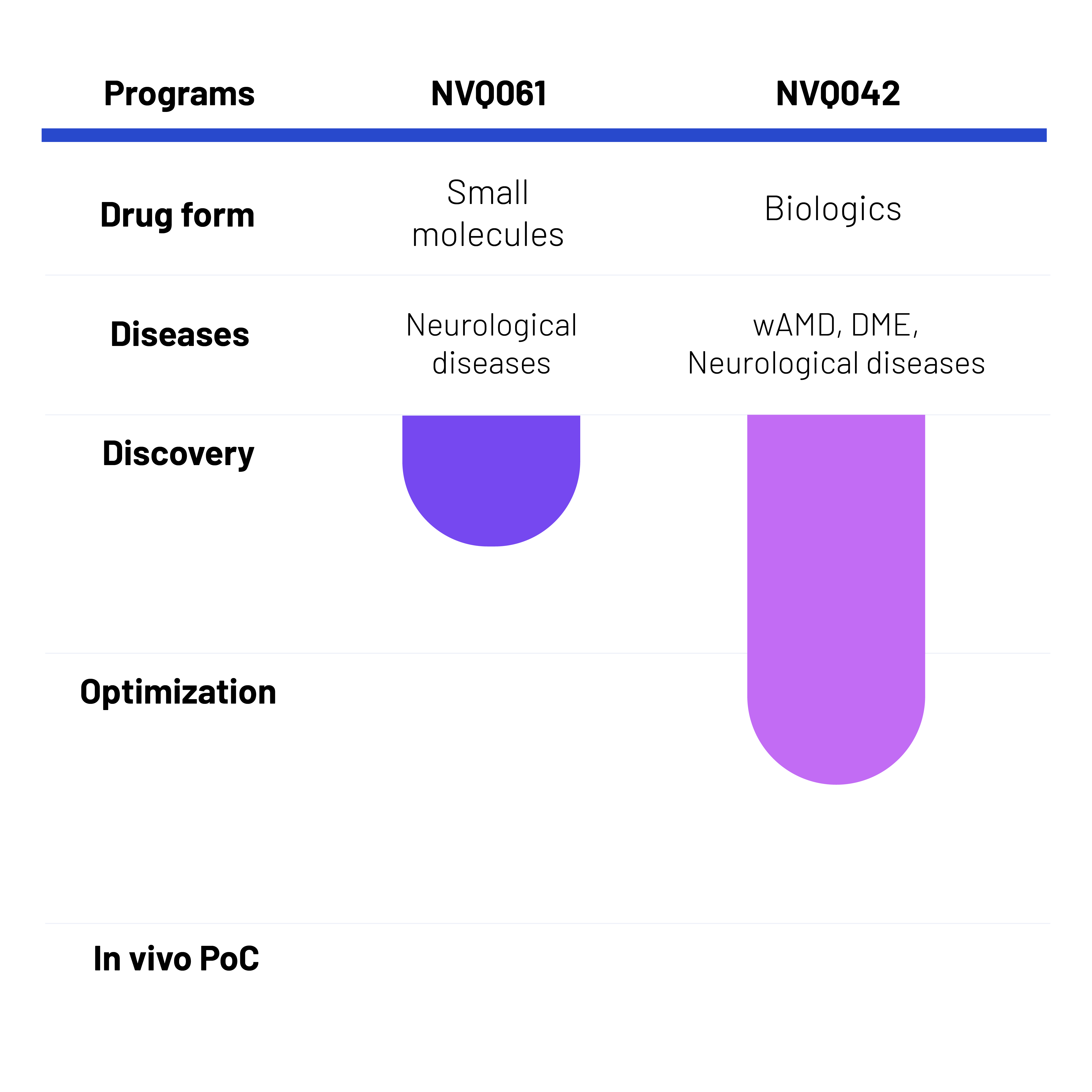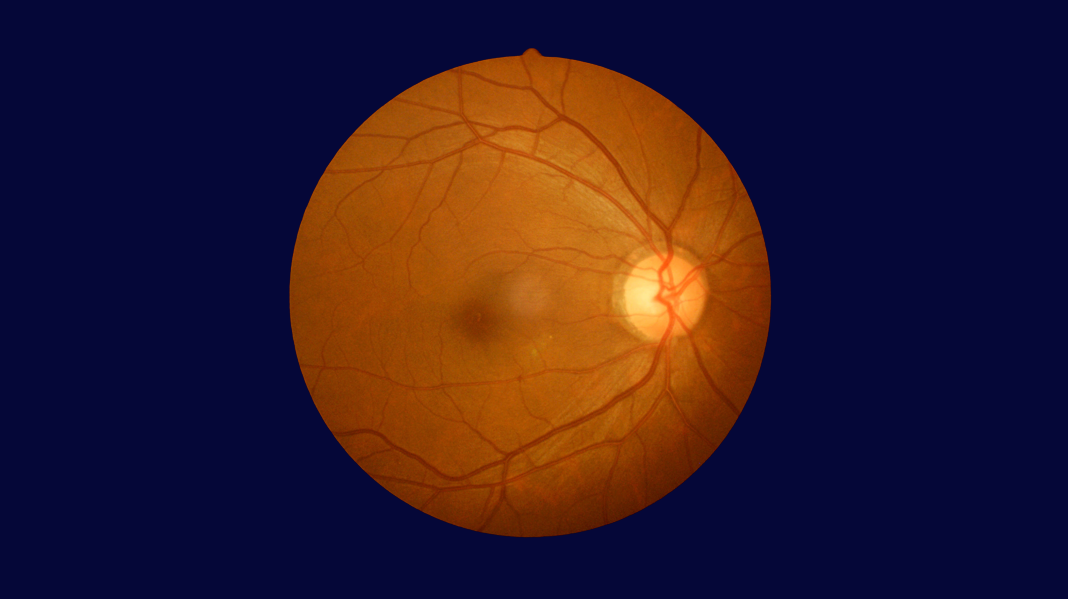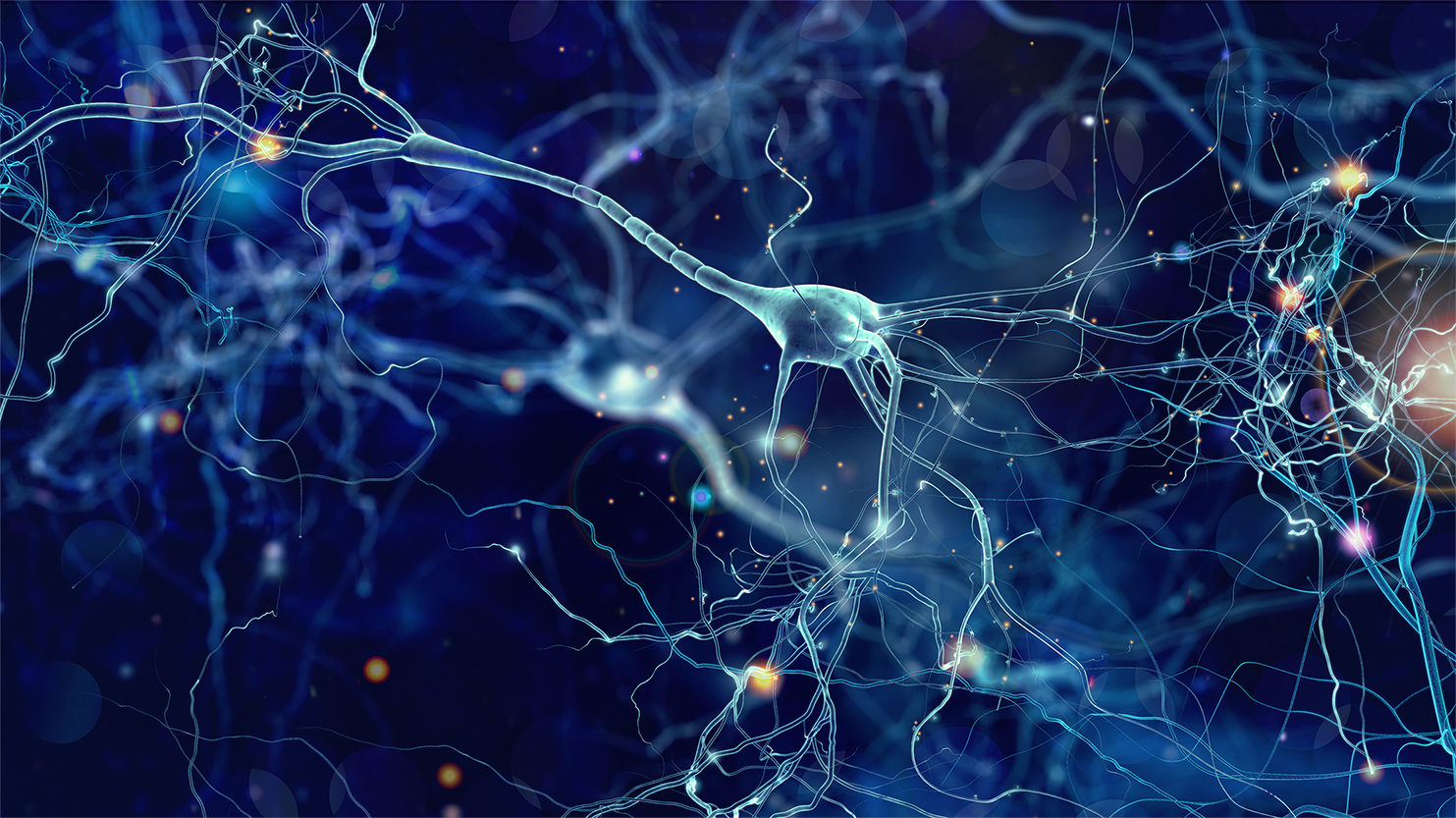Neuvasq engineered a biologics, NVQ042, with the aim to offer effective treatments for vascular retinopathies such as diabetic macular edema (DME), wet age-related macular degeneration (wAMD) and also for neurological conditions.
A discovery stage program, NVQ061 is on going to identify small molecules to target severe and chronic neurodegenerative conditions associated with neurovascular impairment, such as Alzheimer’s disease, Parkinson’s disease, multiple sclerosis and/or epilepsy.


NVQ042 in retinopathies
wAMD is the advanced stage of a disease that affects over 200 million people worldwide. It is characterized by the growth of abnormal blood vessels that break the outer layer of the retina leading to the accumulation of fluids (e.g., retinal fluid, cystoid edema). This results in clinical outcomes such as central vision loss, well defined blind spots in the central field, visual distortions, and perception of less vibrant colors. wAMD is one of the most widespread causes of blindness.
DME is caused by an overexpression of multiple cytokines and chemokines that induce the disruption of the inner blood retina barrier (BRB), thereby leading to vascular leakage. This form of retinopathy is the most common cause of visual impairment and loss in patients with diabetes and impacts more than 27 million people worldwide. The clinical outcomes of DME are decreased visual acuity, changes in color perception, and hampered reading.

NVQ042
wAMD is the advanced stage of a disease that affects over 200 million people worldwide. It is characterized by the growth of abnormal blood vessels that break the outer layer of the retina leading to the accumulation of fluids (e.g., retinal fluid, cystoid edema). This results in clinical outcomes such as central vision loss, well defined blind spots in the central field, visual distortions, and perception of less vibrant colors. wAMD is one of the most widespread causes of blindness.
DME is caused by an overexpression of multiple cytokines and chemokines that induce the disruption of the inner blood retina barrier (BRB), thereby leading to vascular leakage. This form of retinopathy is the most common cause of visual impairment and loss in patients with diabetes and impacts more than 27 million people worldwide. The clinical outcomes of DME are decreased visual acuity, changes in color perception, and hampered reading.
Since 2006, vascular endothelial growth factor (VEGF) inhibitors have been the standard of care for wAMD and DME in many developed countries. These inhibitors require frequent injections in the eye to improve vision acuity and are effective only in a limited percentage of patients.
Since 2006, vascular endothelial growth factor (VEGF) inhibitors have been the standard of care for wAMD and DME in many developed countries. These inhibitors require frequent injections in the eye to improve vision acuity and are effective only in a limited percentage of patients.
Neuvasq’s Wnt pathway agonist, NVQ042, has the potential to provide an alternative treatment for wAMD and DME, with distinct advantages. By selectively activating the Wnt/β-catenin pathway, it aims at mitigating the BRB impairment by stopping the growth of abnormal blood vessels in the retina and by eliminating the fluid leakage, leading to improved visual acuity. Because NVQ042 is activating specific targets that are highly expressed in the retina, it is anticipated to result in a more effective treatment in a high proportion of patients.
NVQ042 and NVQ061 in neurological diseases
Neurological disorders, which include degenerative diseases, stroke, injuries to the spinal cord or brain, seizure disorders, congenital defects, and brain cancer types, affect more than 100 million people worldwide and represent a major cause of disability.
The most common symptoms of these disorders include memory loss, decreased concentration, improper muscular coordination and loss of balance, disinhibition and changes in mood, anxiety, agitation, and seizures.
In many cases, neurological diseases are characterized by the neuron’s loss of structure or function, a process that is thought to be irreversible. For these diseases, although certain treatments may help relieve some of the symptoms, there are currently a limited number of therapies that can delay the disease progression.
Blood vessels that are responsible for delivering oxygen and nutrients to the brain contain a unique structure, called the blood-brain-barrier (BBB), which selectively controls exchanges between the blood and the brain tissue, ensuring a stable microenvironment in the brain parenchyma. BBB breakdown and dysfunction has been associated with the early stages of multiple neurological disorders including Parkinson’s and Alzheimer’s diseases, multiple sclerosis, amyotrophic lateral sclerosis, and vascular dementia, making treatments that aim at restoring the integrity of the BBB particularly promising.
NVQ042 and NVQ061 in neurological diseases
Neurological disorders, which include degenerative diseases, stroke, injuries to the spinal cord or brain, seizure disorders, congenital defects, and brain cancer types, affect more than 100 million people worldwide and represent a major cause of disability.
The most common symptoms of these disorders include memory loss, decreased concentration, improper muscular coordination and loss of balance, disinhibition and changes in mood, anxiety, agitation, and seizures.
In many cases, neurological diseases are characterized by the neuron’s loss of structure or function, a process that is thought to be irreversible. For these diseases, although certain treatments may help relieve some of the symptoms, there are currently a limited number of therapies that can delay the disease progression.
Blood vessels that are responsible for delivering oxygen and nutrients to the brain contain a unique structure, called the blood-brain-barrier (BBB), which selectively controls exchanges between the blood and the brain tissue, ensuring a stable microenvironment in the brain parenchyma. BBB breakdown and dysfunction has been associated with the early stages of multiple neurological disorders including Parkinson’s and Alzheimer’s diseases, multiple sclerosis, amyotrophic lateral sclerosis, and vascular dementia, making treatments that aim at restoring the integrity of the BBB particularly promising.

Neuvasq is working on two different approaches to discover and develop new treatments against these diseases:
NVQ042 program aims at using the engineered biologics that is being developed for retinal diseases to selectively target the BBB in neurodegenerative conditions, with the objective to slow down disease onset and progression.
NVQ061 is a small molecule discovery program with objective to identify chronic, long-term treatments of neurodegenerative disorders based on orally bioavailable new chemical entities (NCE) that restore the integrity and functionality of the BBB and protect the brain microenvironment.